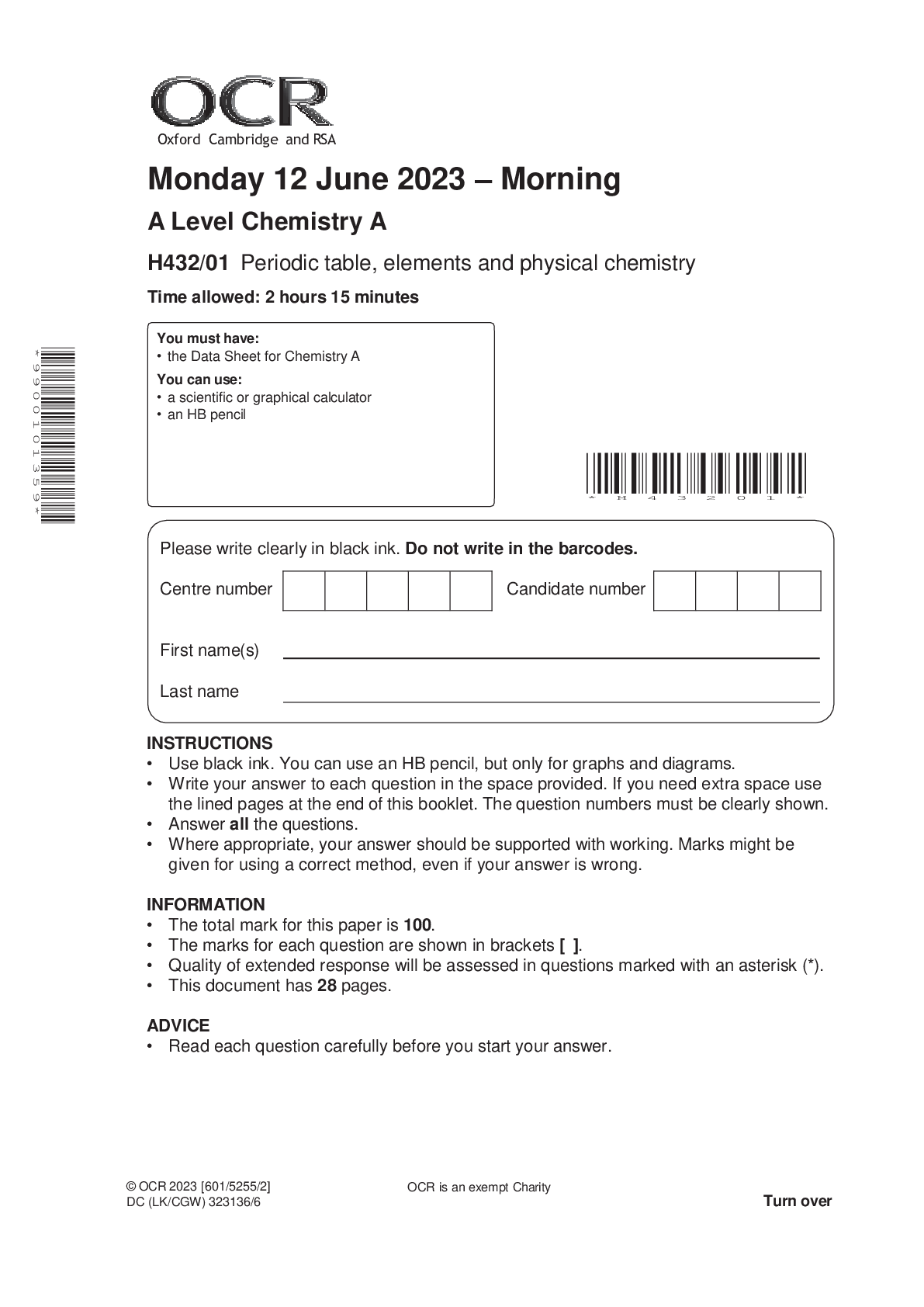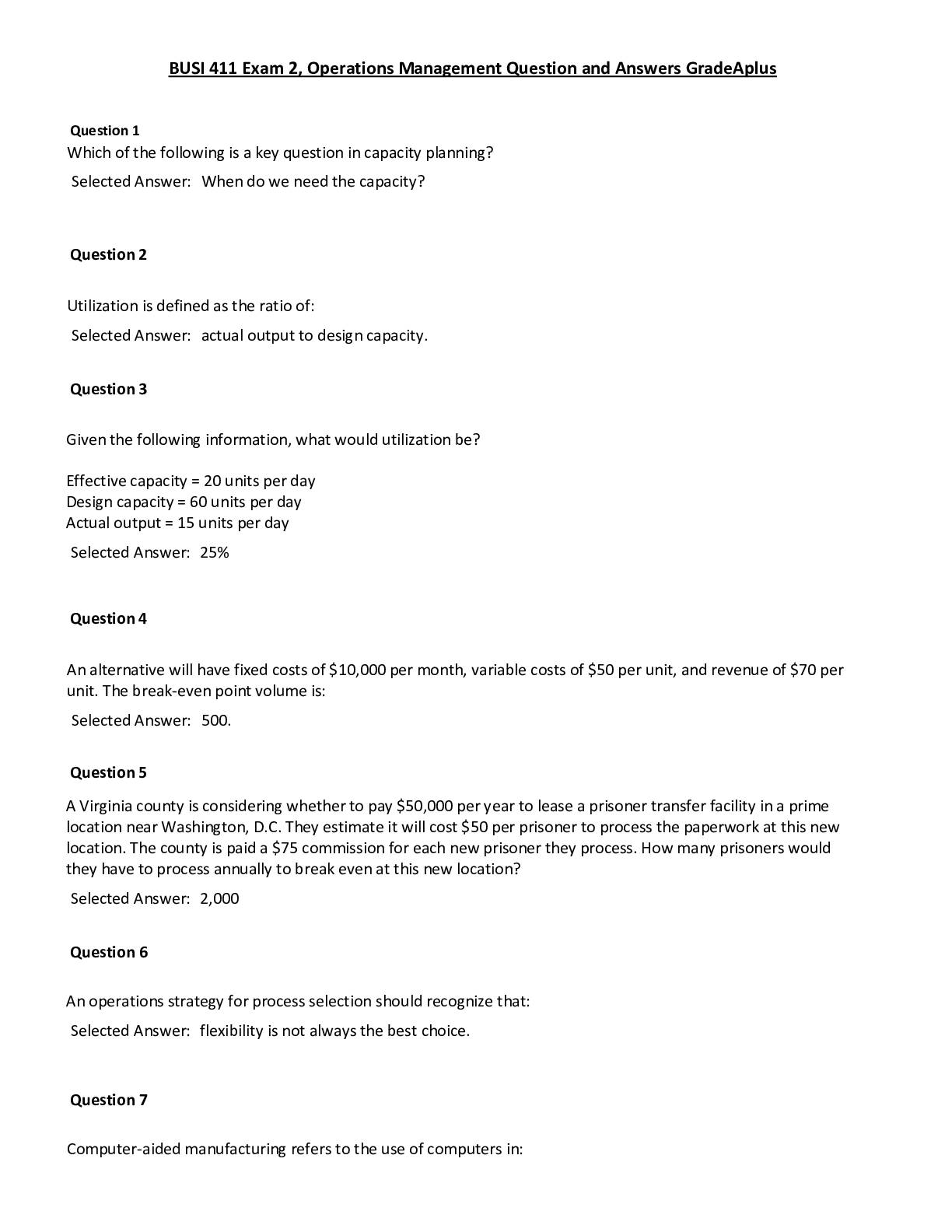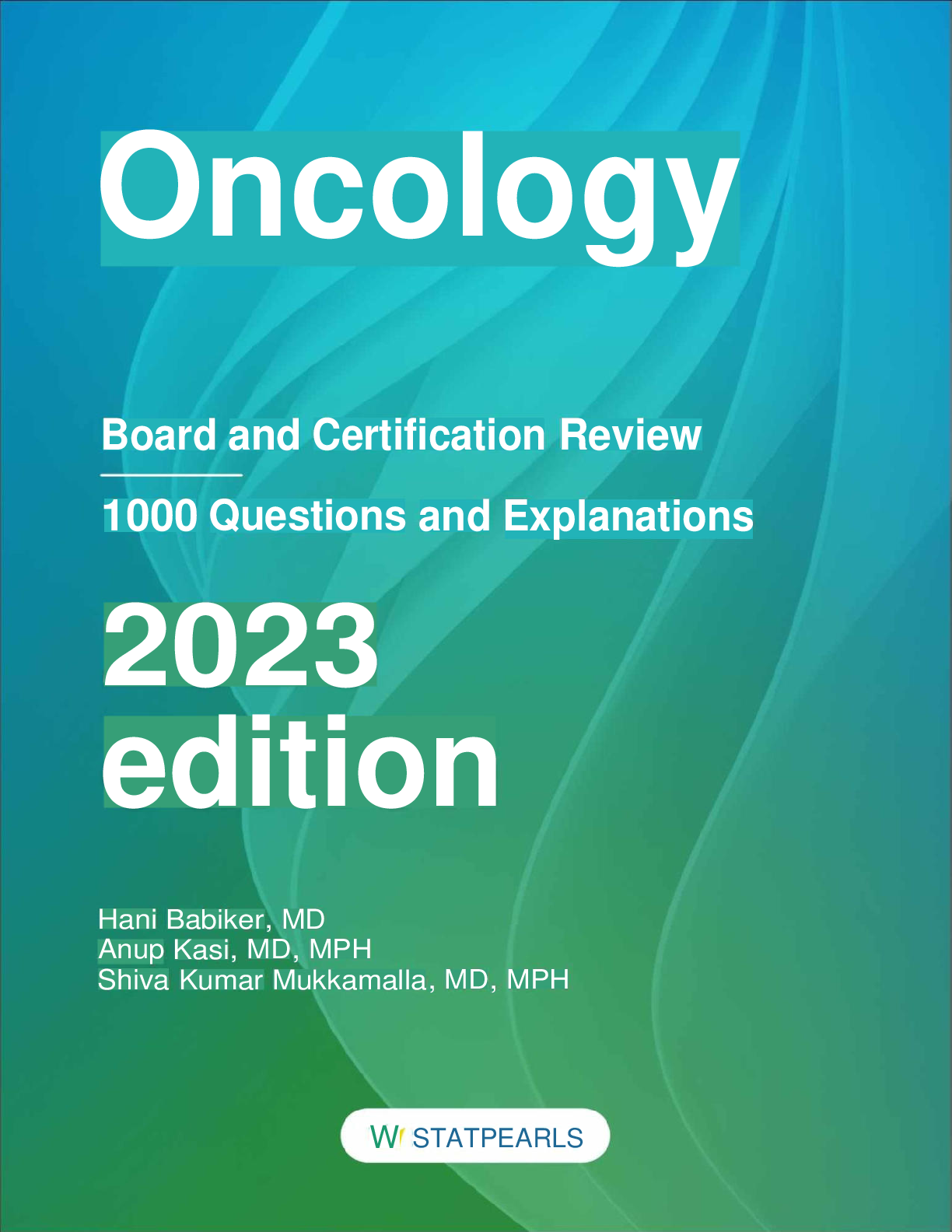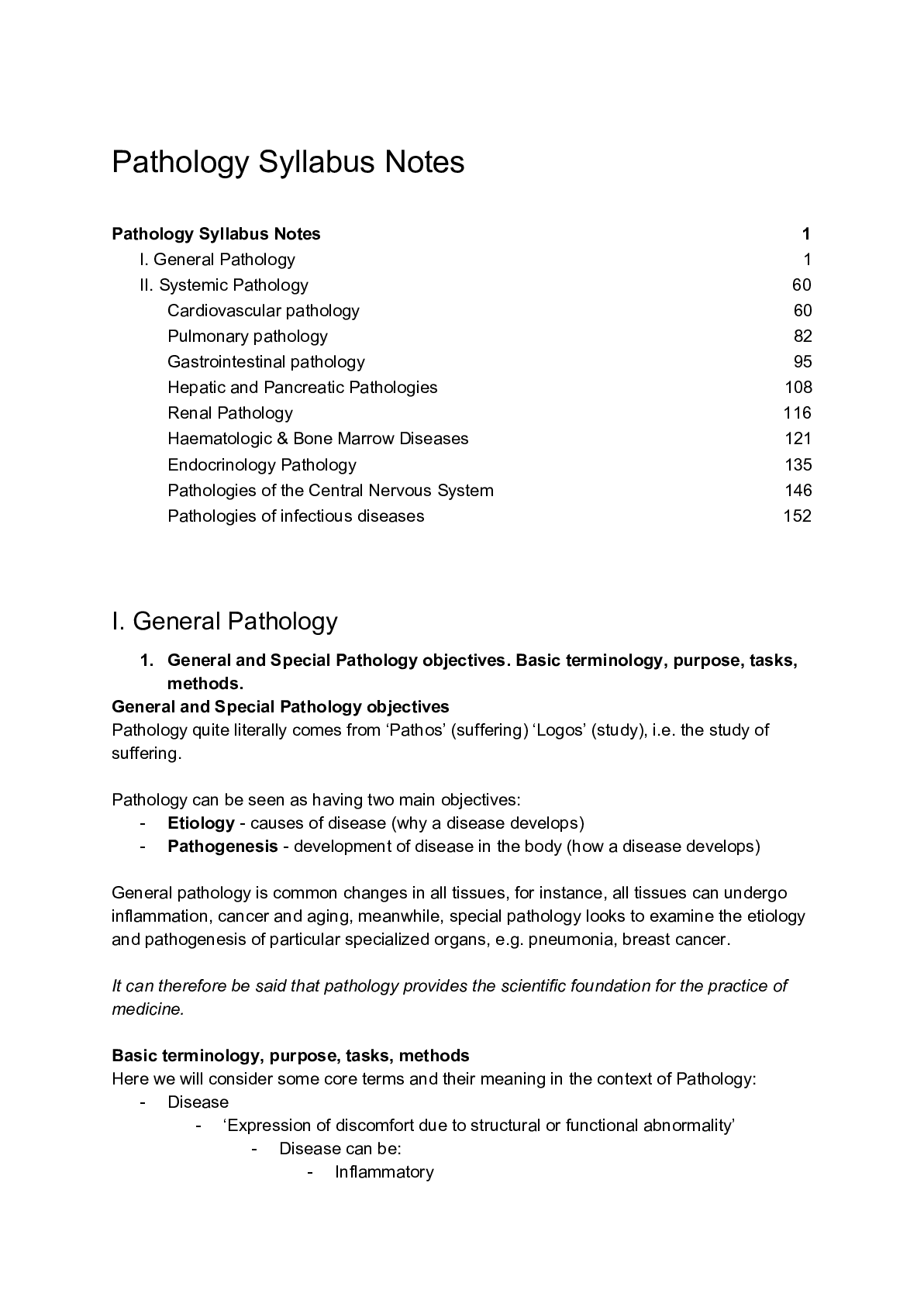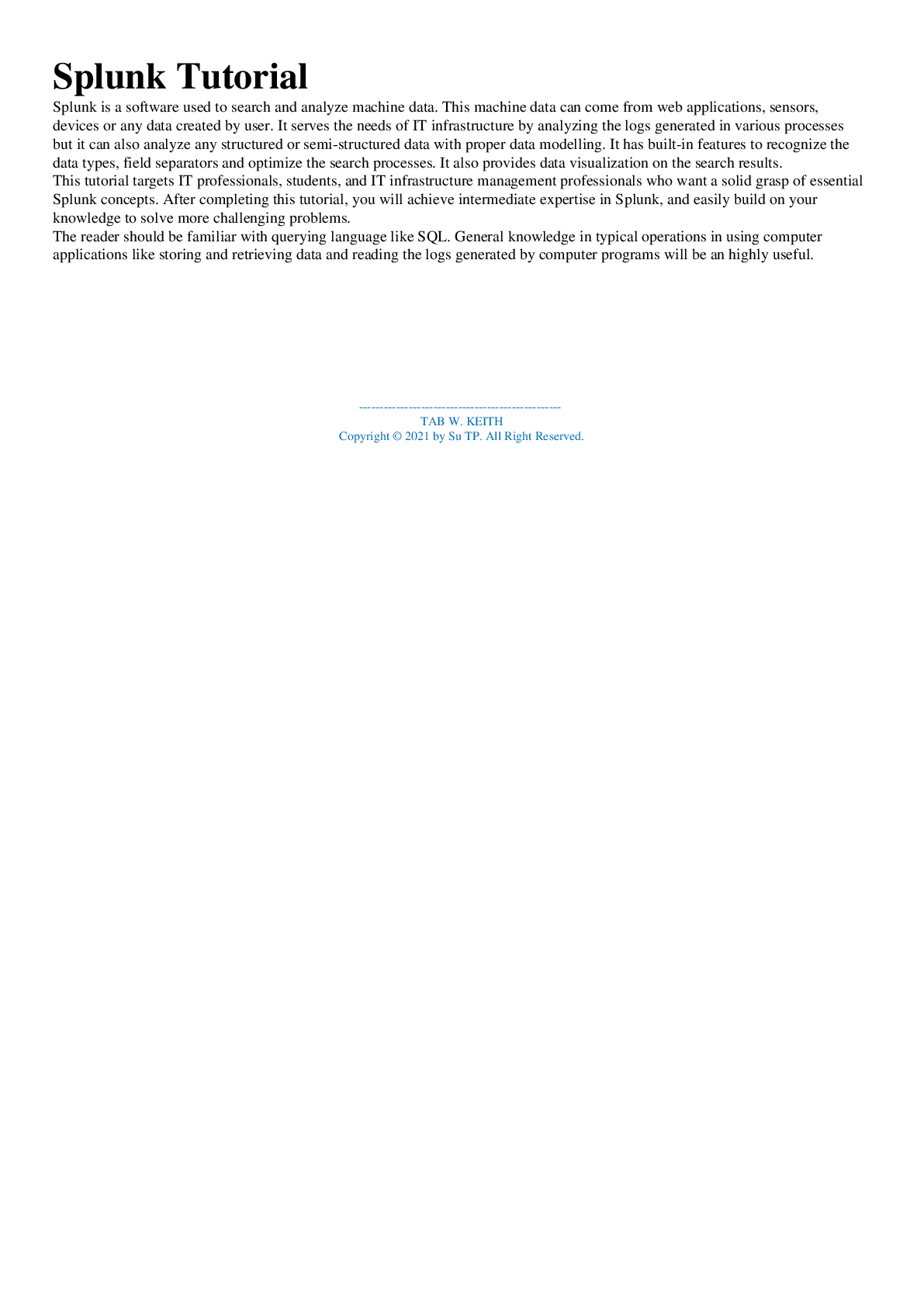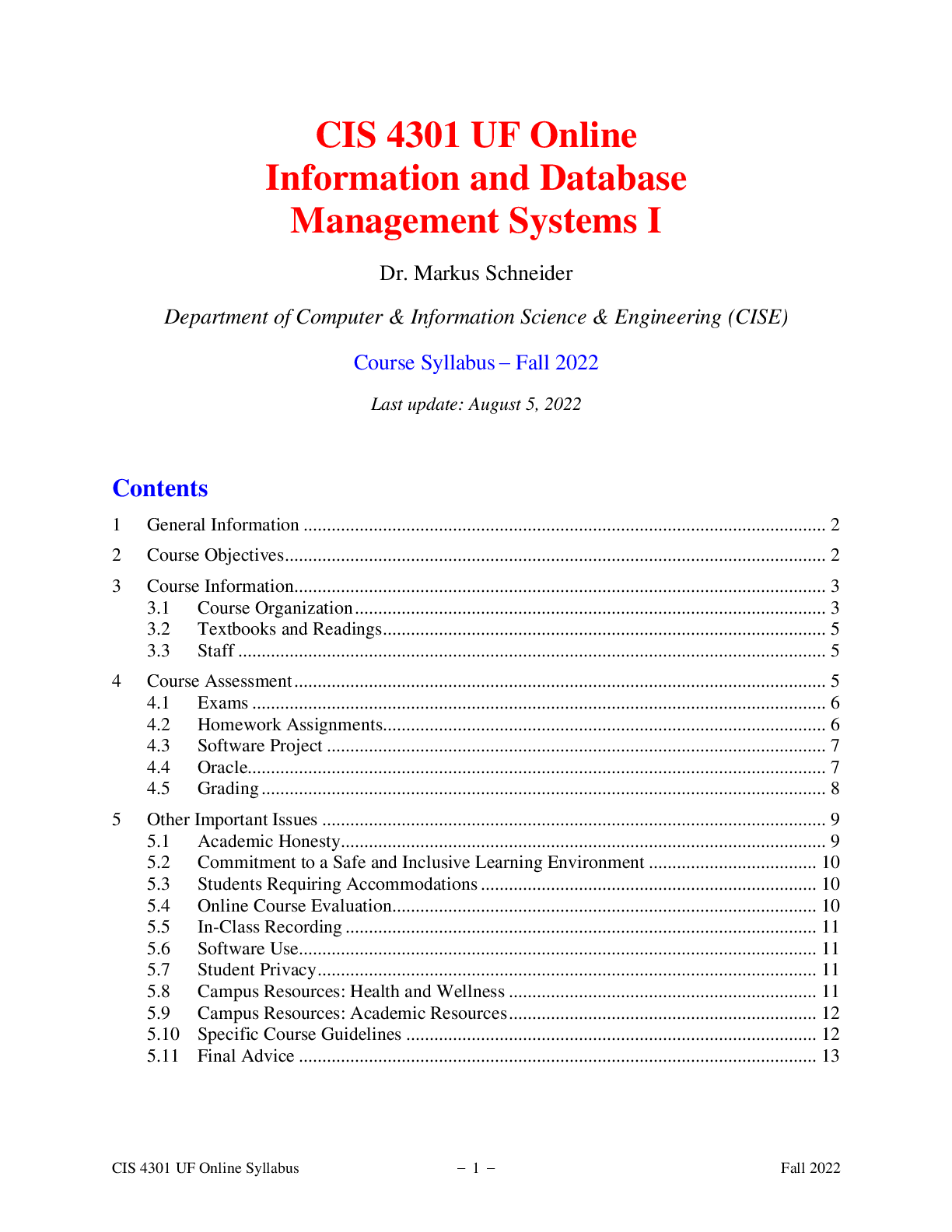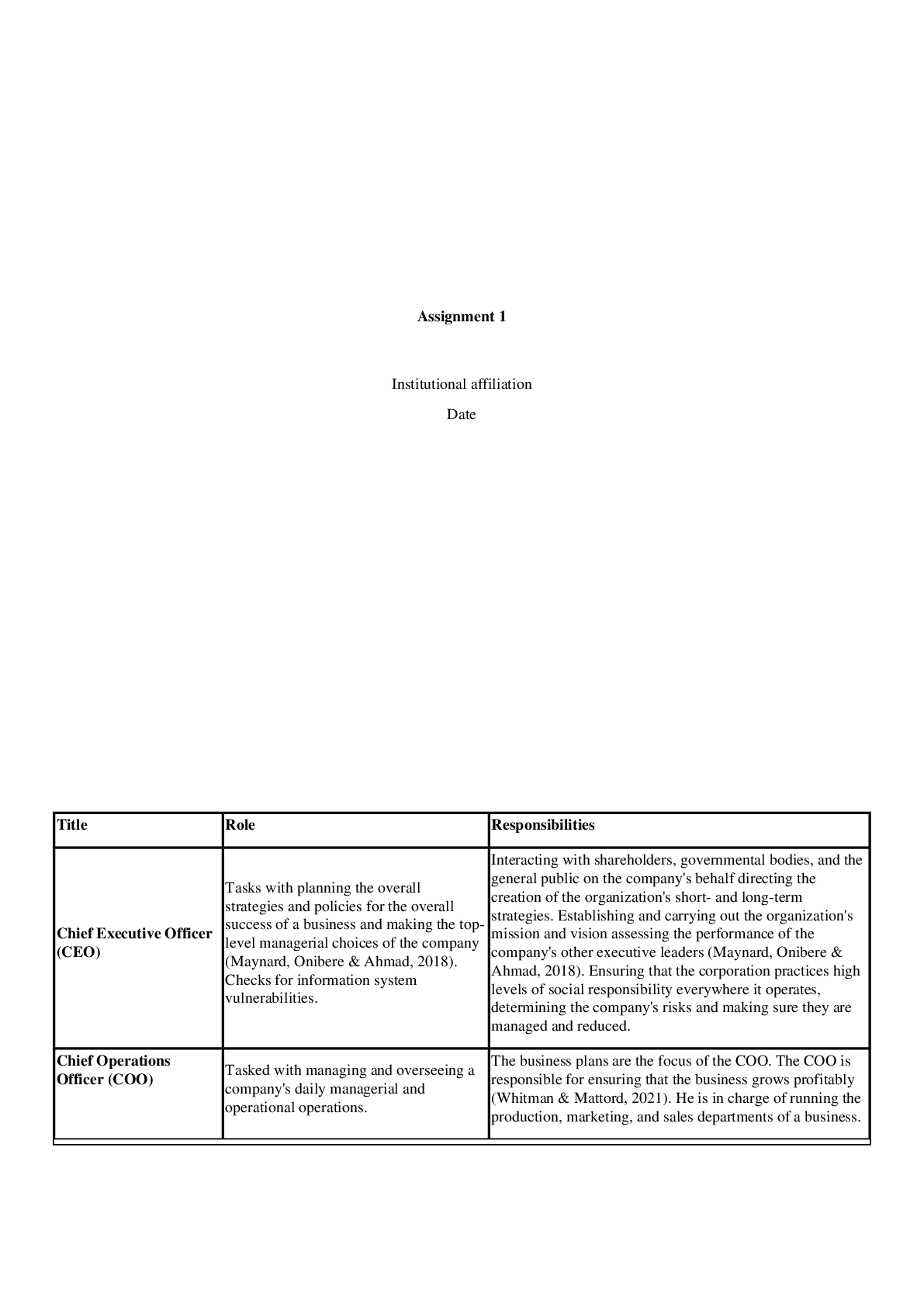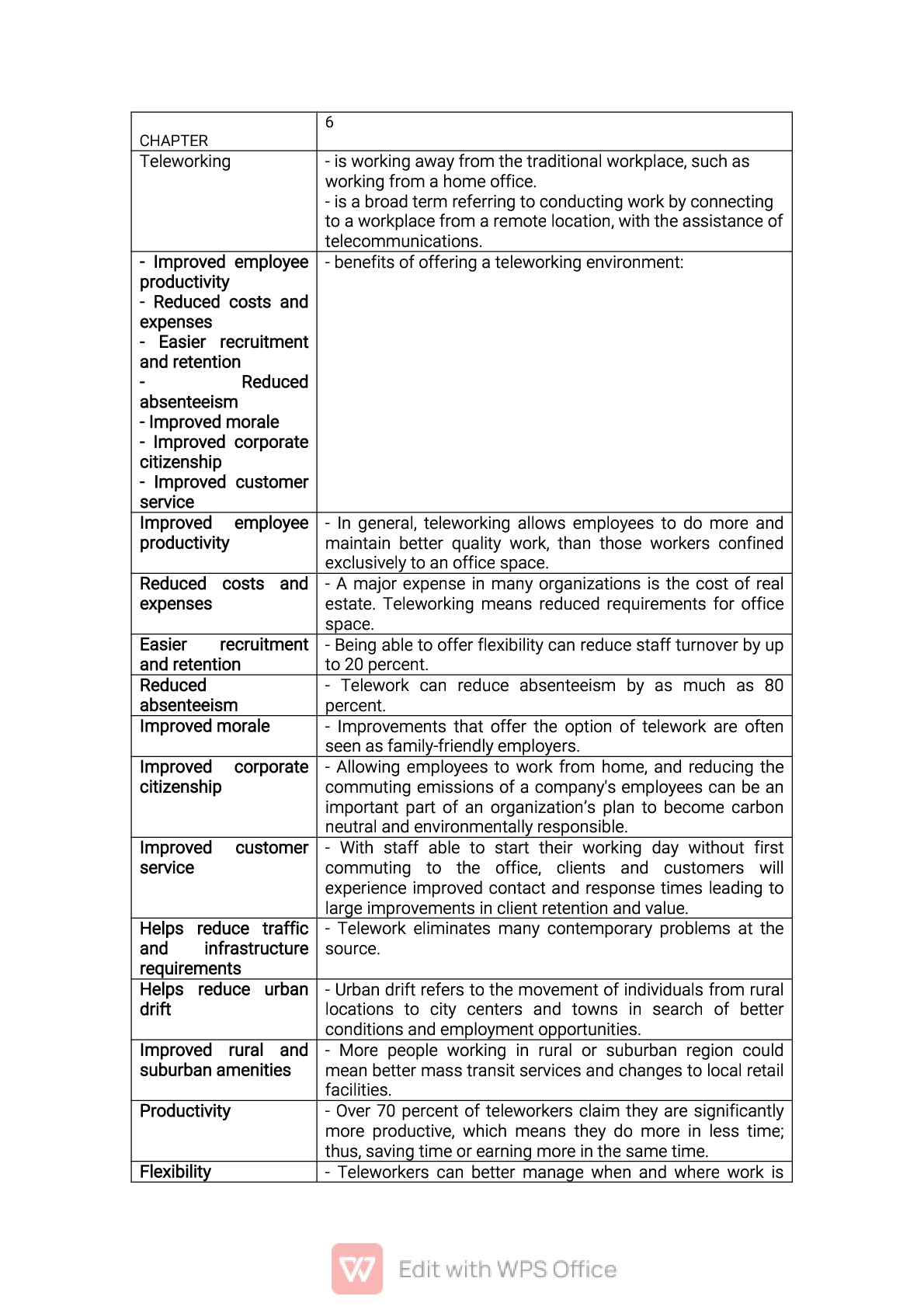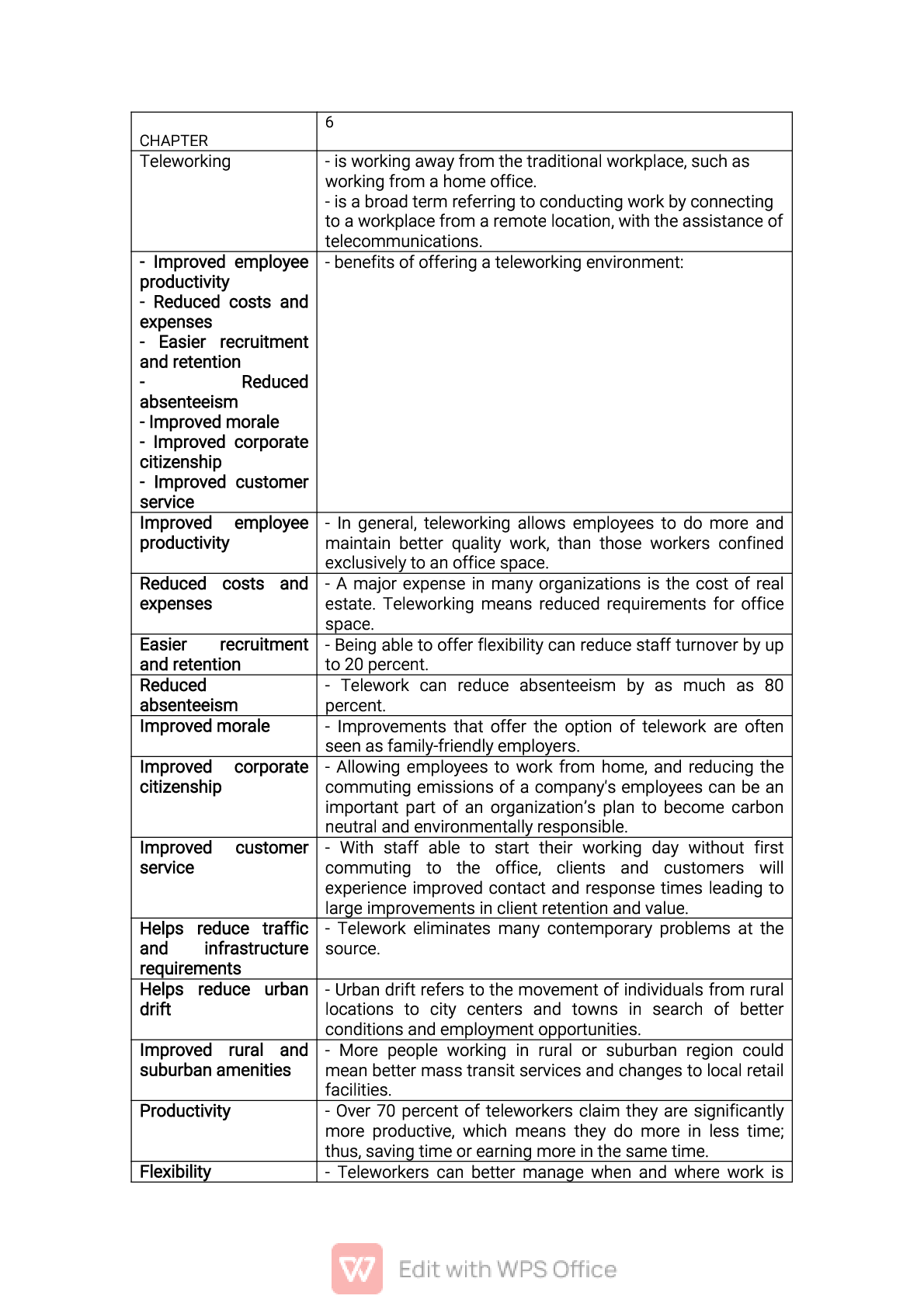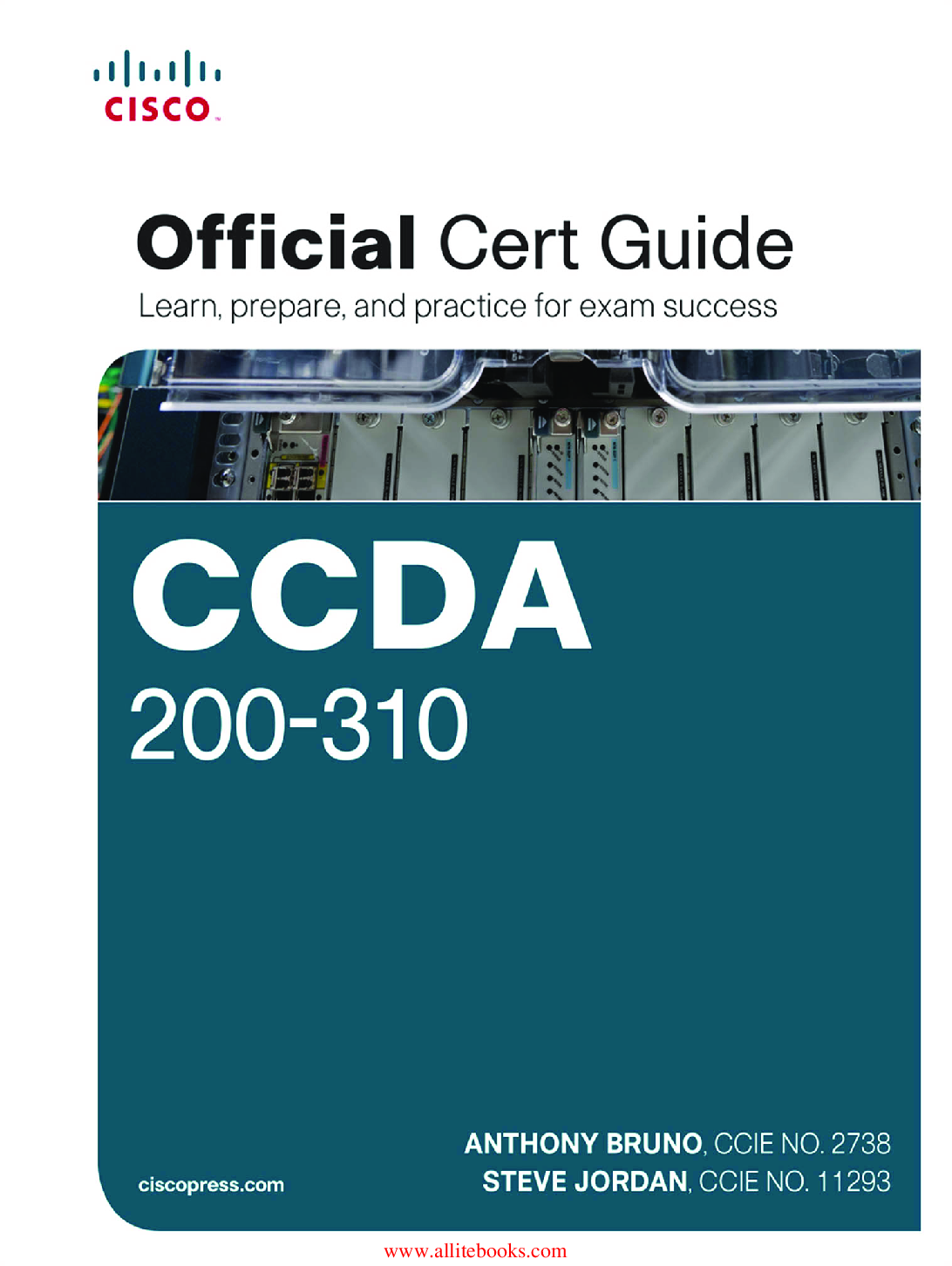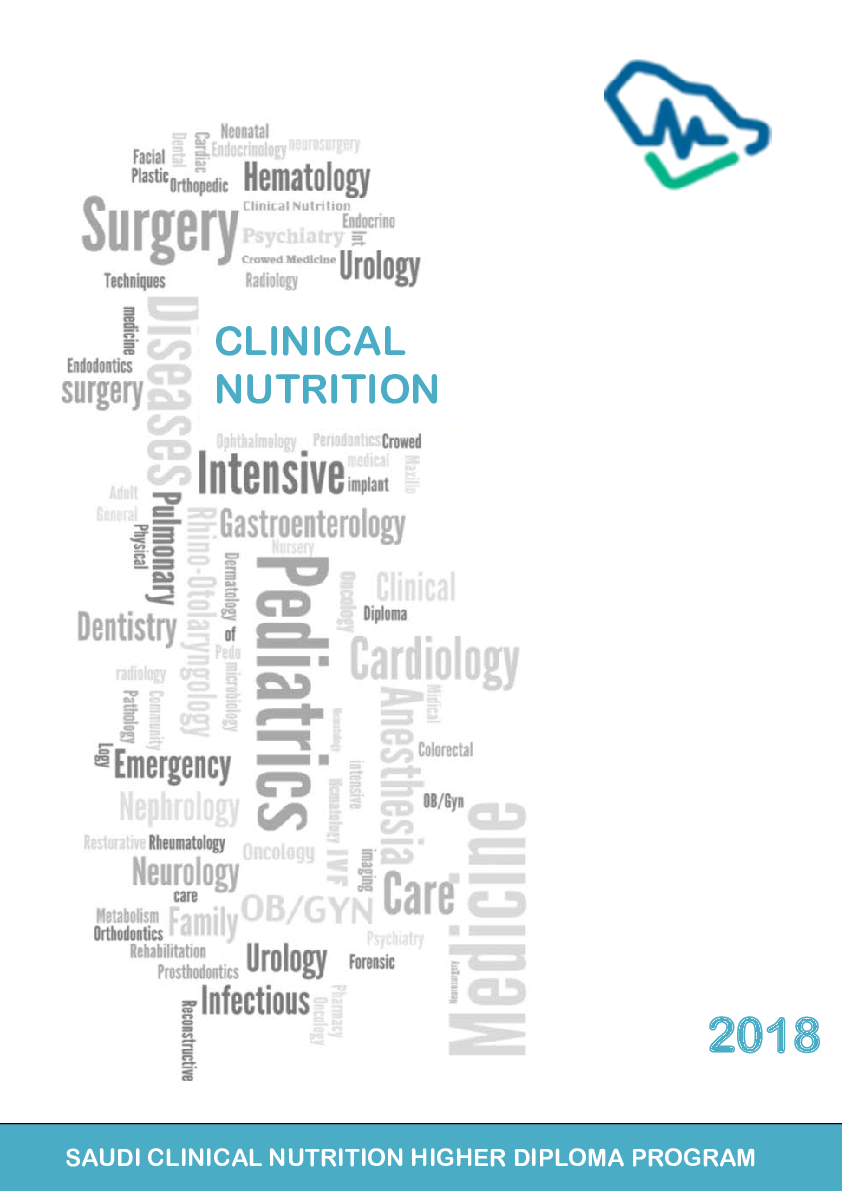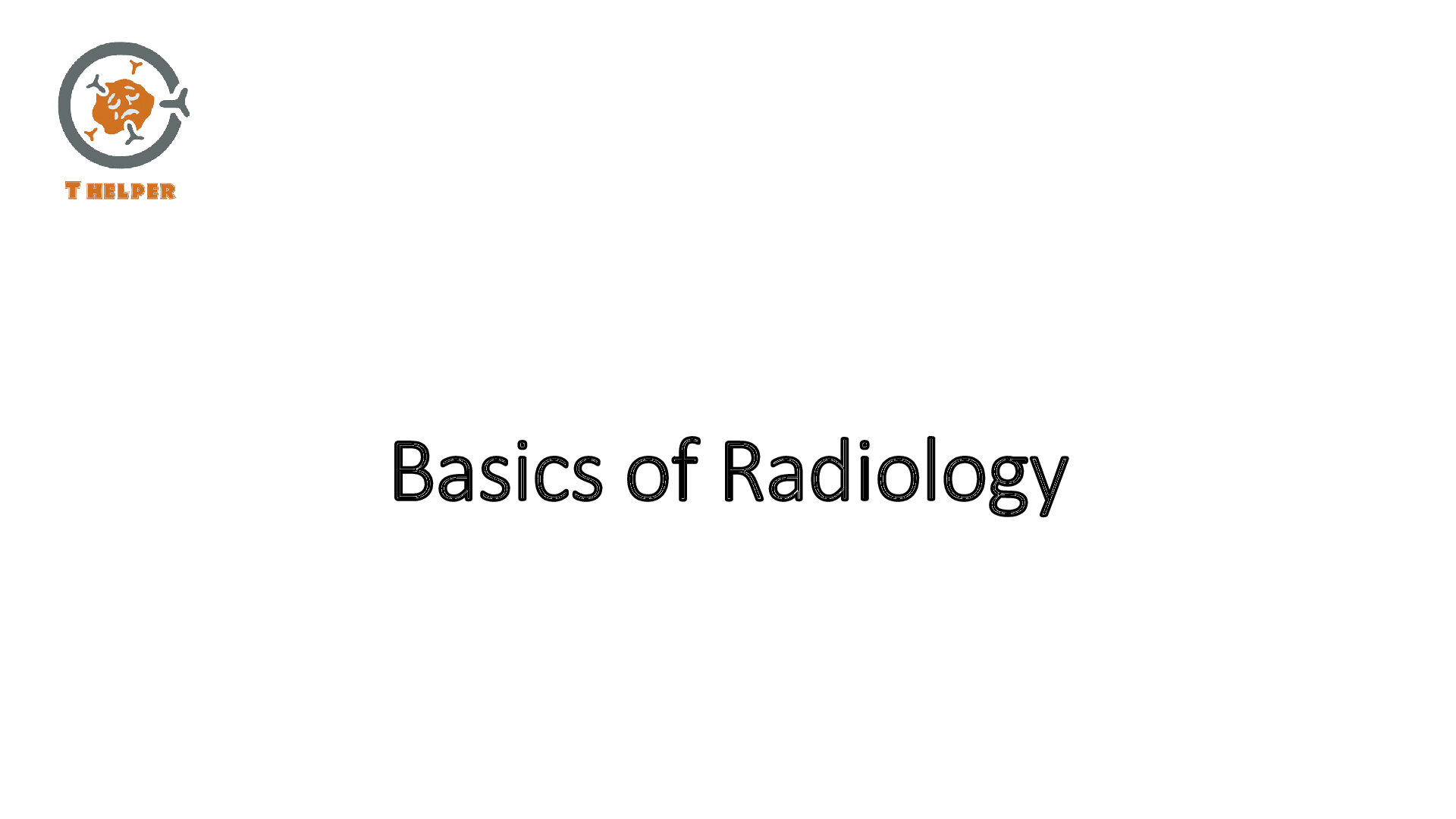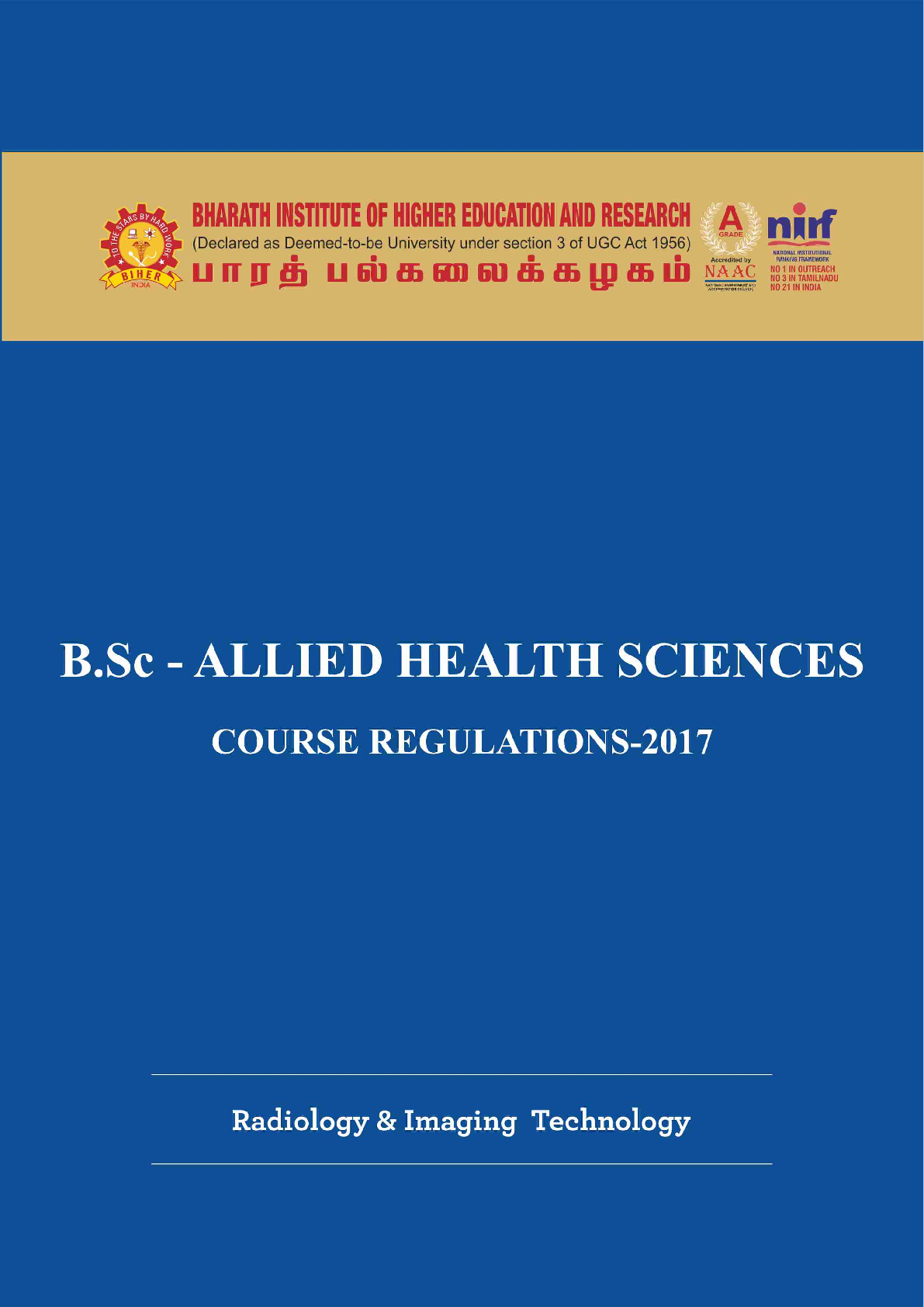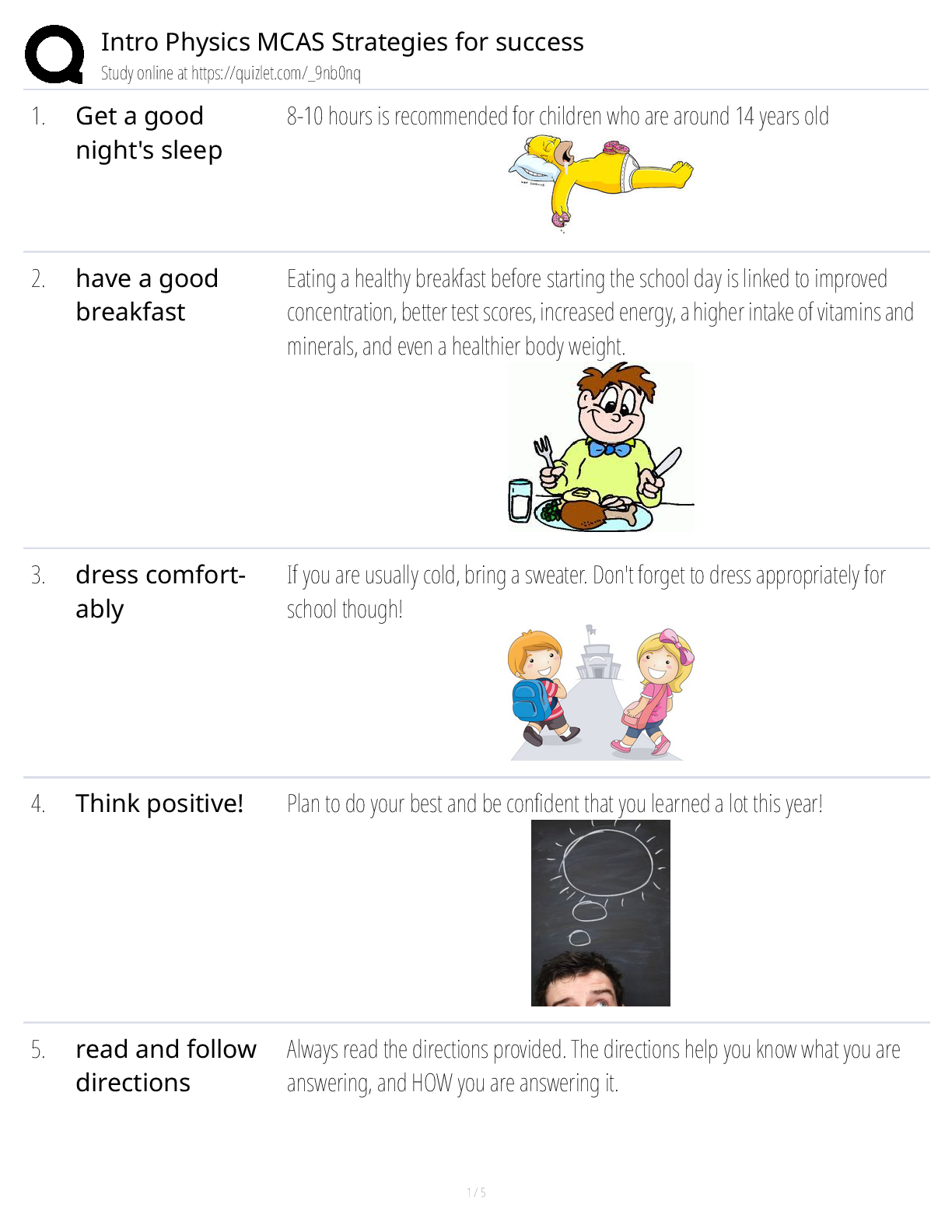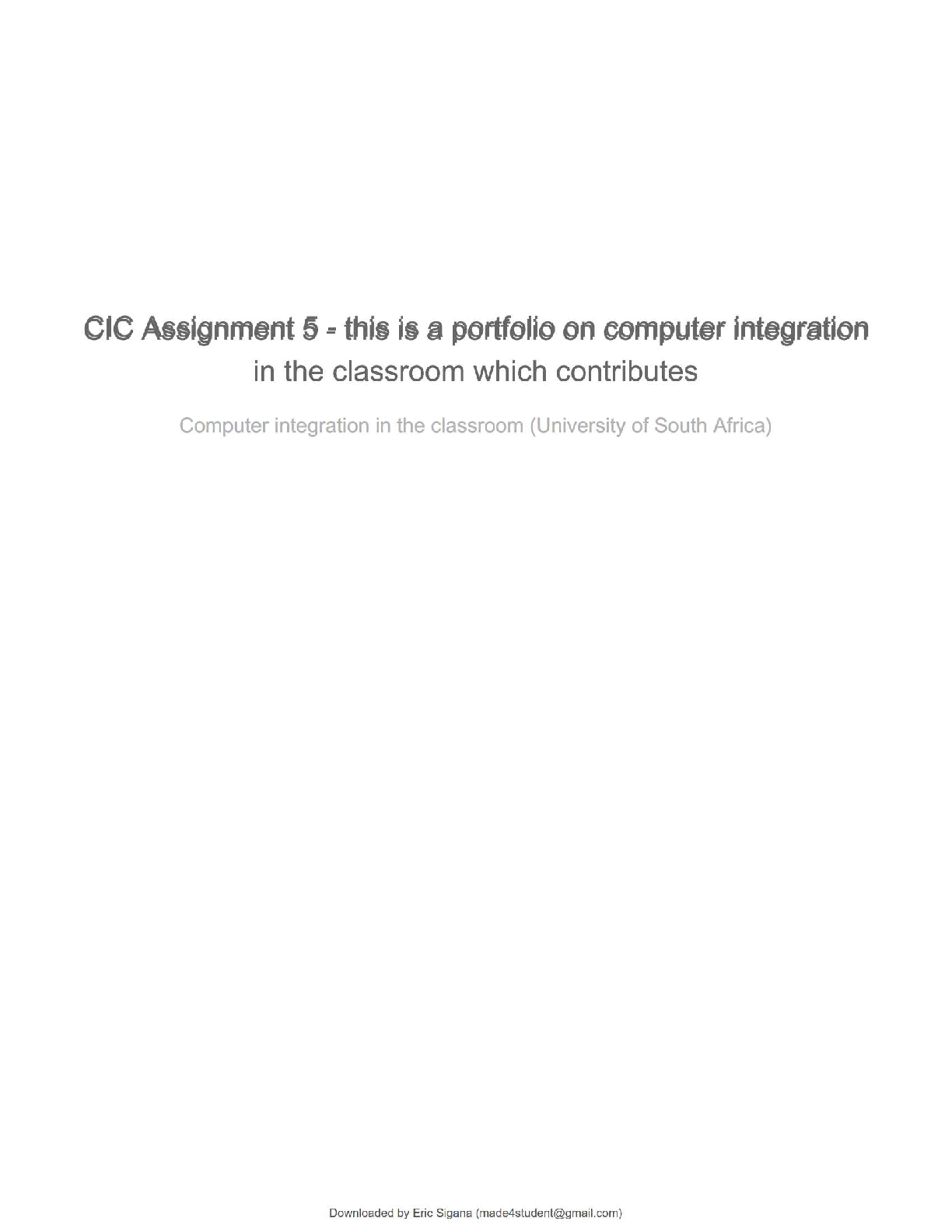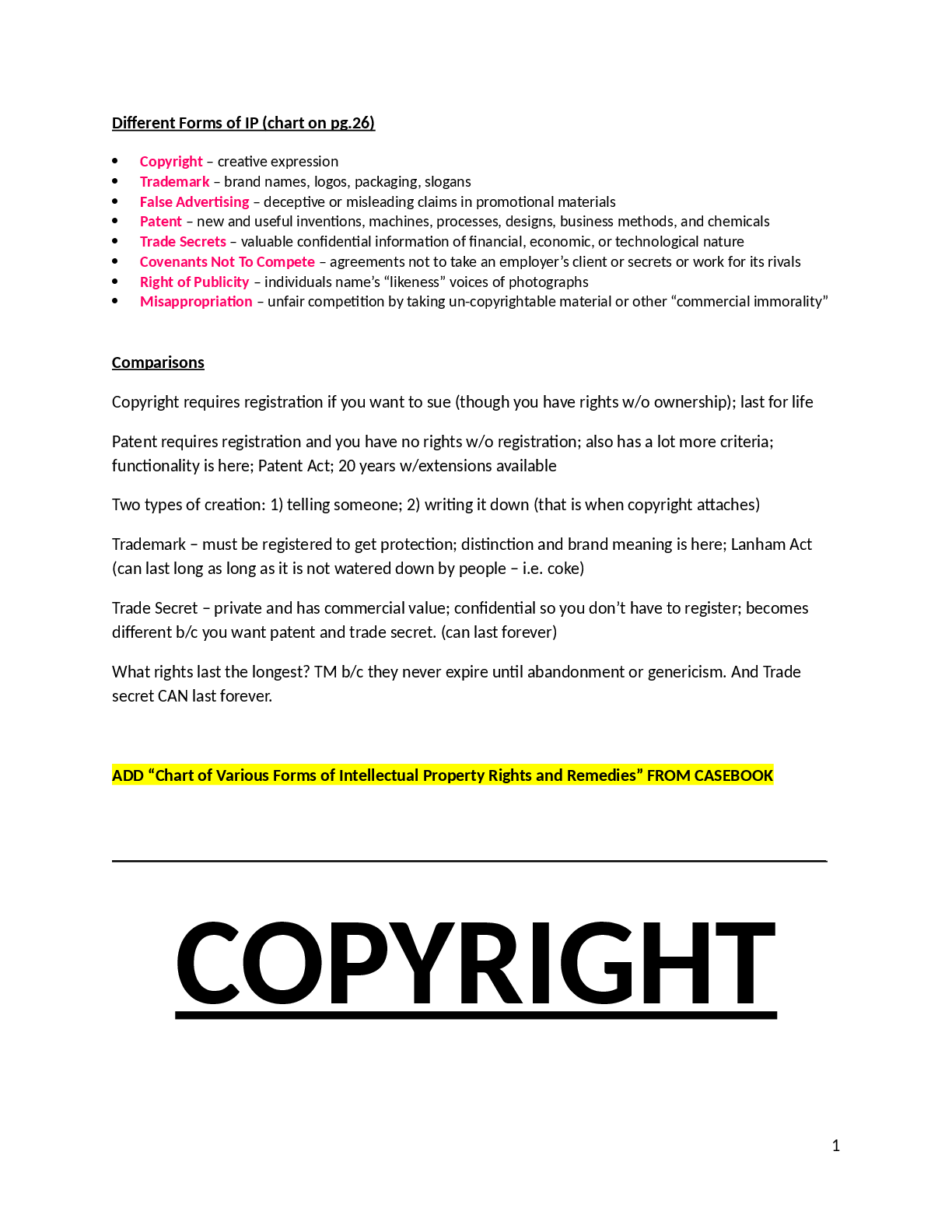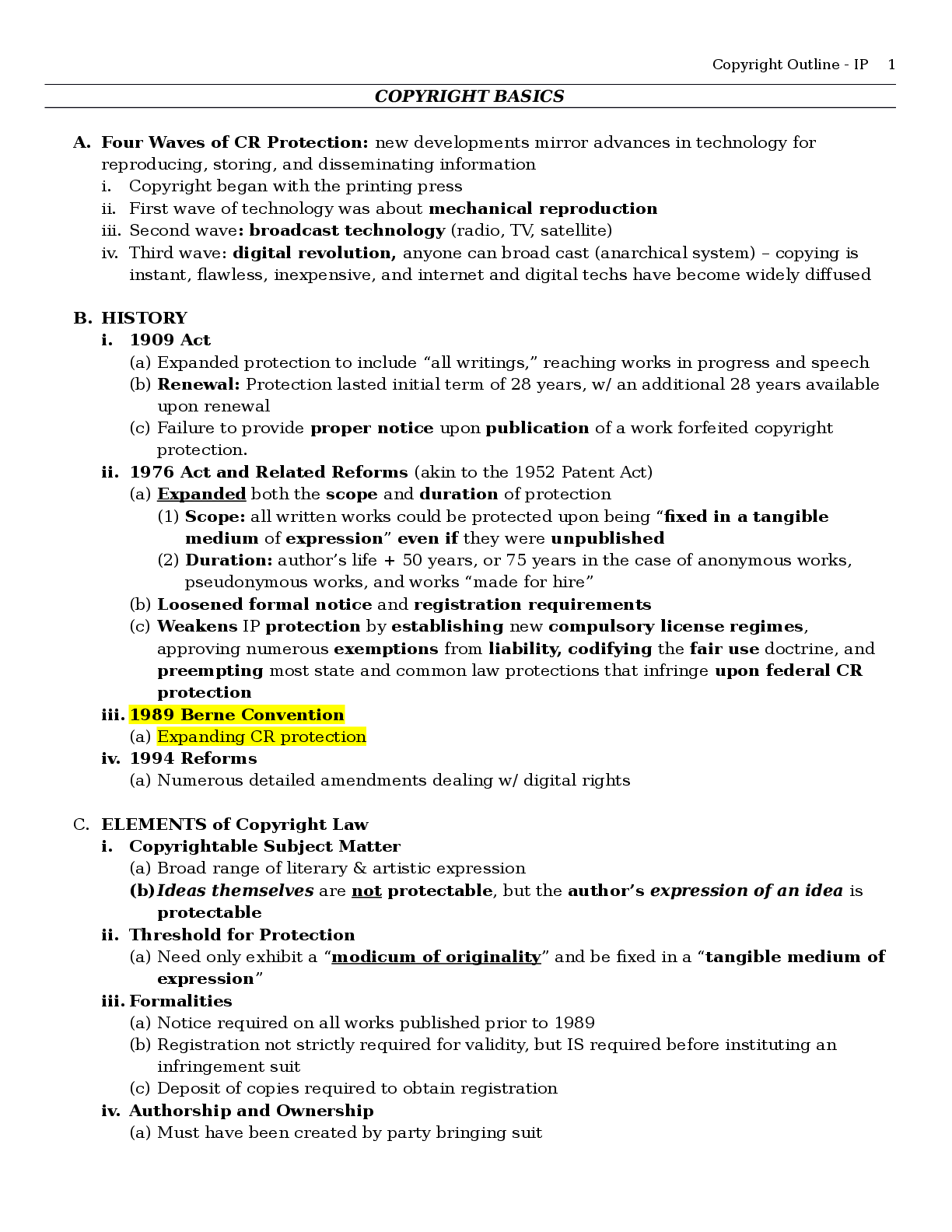PATHOLOGY UPDATED COMPLETE NOTES 2023
Document Content and Description Below
Pathology Syllabus Notes
Pathology Syllabus Notes 1
I. General Pathology 1
II. Systemic Pathology 60
Cardiovascular pathology 60
Pulmonary pathology 82
Gastrointestinal pathology 95
Hepatic and
...
Pancreatic Pathologies 108
Renal Pathology 116
Haematologic & Bone Marrow Diseases 121
Endocrinology Pathology 135
Pathologies of the Central Nervous System 146
Pathologies of infectious diseases 152
I. General Pathology
1. General and Special Pathology objectives. Basic terminology, purpose, tasks,
methods.
General and Special Pathology objectives
Pathology quite literally comes from ‘Pathos’ (suffering) ‘Logos’ (study), i.e. the study of
suffering.
Pathology can be seen as having two main objectives:
- Etiology - causes of disease (why a disease develops)
- Pathogenesis - development of disease in the body (how a disease develops)
General pathology is common changes in all tissues, for instance, all tissues can undergo
inflammation, cancer and aging, meanwhile, special pathology looks to examine the etiology
and pathogenesis of particular specialized organs, e.g. pneumonia, breast cancer.
It can therefore be said that pathology provides the scientific foundation for the practice of
medicine.
Basic terminology, purpose, tasks, methods
Here we will consider some core terms and their meaning in the context of Pathology:
- Disease
- ‘Expression of discomfort due to structural or functional abnormality’
- Disease can be:
- Inflammatory
Pathology Notes - Feb 2019
[email protected]
- Acute/Chronic
- Congenital/Acquired
- Genetic/environmental
- Mild/Moderate/Severe
- Has four aspects
- Etiology (causal agent)
- Pathogenesis (mechanism of change)
- Morphology (structural change)
- Clinical expression
- Death
- Clinical Death (reversible cessation of blood circulation and breathing)
- Biological Death (irreversible)
The primary methods of Pathology are:
- Autopsy
- Clarifies cause of death and helps improve future treatment
- Two types
- Hospital - for patients that died of natural causes
- Or Forensic - legal case concerned
- Includes External examination, Dissection and Pathology protocol
- Biopsy (known as Necroscopy in dead tissue)
- Histological
- Investigation of tissue, methods include
- Surgery
- Endoscopy
- Large needle biopsy
- Cytological
- Investigation of isolated cells
- May be body fluids, fine needle biopsy of vaginal smears
Other methods in Pathology include
- Electron microscopy
- Immunofluorescence
- Immunohistochemistry
- Molecular pathological methods (e.g. PCR) and others.
2. Cellular injury; common causes and mechanisms
Cells exist in homeostasis . Where they are subject to stress
they attempt to adapt . Where they are unable to adapt they
become ‘Injured cells’ . Common methods of adaptation
include hypertrophy (increase in cellular size), Hyperplasia
(increase in cellular number), atrophy (shrinkage of cell by
loss of substance) and metaplasia (replacing of cells by
different cellular types, think tough calluses of skin).
2/166
Pathology Notes - Feb 2019
[email protected]
The most common cause of cellular injury is Hypoxia , or oxygen deficiency, as it prevents
aerobic oxidative respiration, and the conversion of carbohydrates into ATP. Hypoxia can
often be caused by Ischemia , lack of blood supply to an affected area, but also as a result of
pneumonia (lack of oxygen in blood), anemia (reduction of oxygen
carrying capacity of blood) and CO poisoning .
Other important causes include:
- Chemical agents
- Such as high glucose, salt, oxygen, CO or other
toxic agents
- Infectious agents
- Immunologic reactions
- Physical agents
- Nutritional imbalances
- Genetic defects
- Aging
These problems cause the cell to become nonfunctional, this
dysfunction leads to cellular injury, we’ll now consider the
mechanism of cell injury . The following mechanisms of cell injury are the most common,
and usually combined:
- Depletion of ATP (failure of energy --- Necrosis)
- Causes; Influx of Sodium and Calcium ions and osmotic swelling due to
failure of ATP dependent ion pumps
- ATP depleted cells being anaerobic metabolism to derive energy from
glycogen (Glycolysis)
- Results in decrease of pH , creating acidic environment and damaging
enzymes.
- Causes clumping of nuclear chromatin , pyknosis, leading to cellular
necrosis.
- Damage to Mitochondria (leads to ATP depletion, high Ca2+ and ROS common
causes)
- Influx of calcium (activates enzymes with damaging cellular effects)
- Accumulation of Oxygen-Derived free radicals (Damages membrane and DNA)
- Defects in membrane permeability
- Damage to DNA and proteins
- Disruption to cell membrane
3. Reversible cell injury due to compromised ionic transfer (cellular swelling):
granular degeneration, vacuolar degeneration, hydropic change
Cellular injury can be reversible or irreversible . Multiple morphological changes can be
shown in reversible damage:
- Cellular swelling (result of defective energy-dependent ion pumps leading to poor
fluid homeostasis).
3
[Show More]
Last updated: 2 years ago
Preview 1 out of 166 pages
